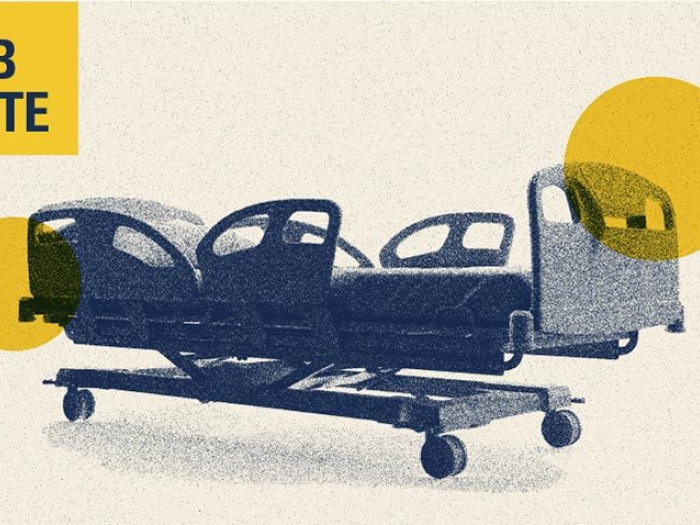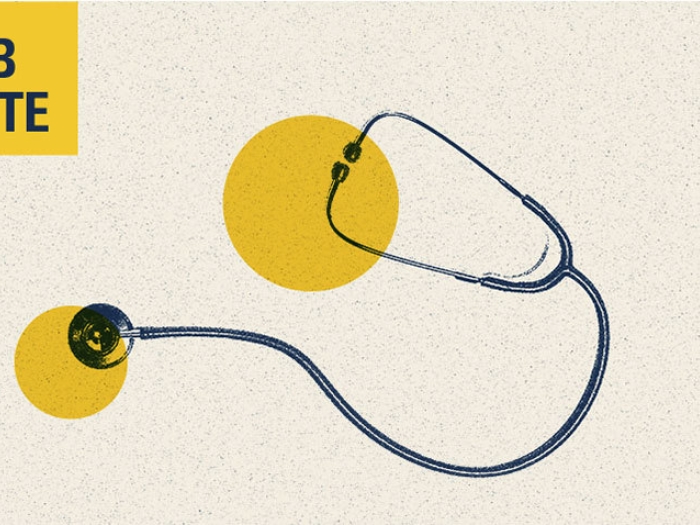Study using two databases suggests need for new measures in surgical readmission risk adjustment.
3:06 PM
Author |

As the federal government seeks to incentivize hospitals to keep patients from ending up back in a hospital bed after they go home, a new study pokes holes in a method used to adjust these incentives for the impact of patients' social factors.
A team from the University of Michigan reports in the new issue of JAMA Network Open that using patients' "dual eligibility" as an indicator of high social needs won't work well for patients who have had surgery.
Dual-eligible patients are those who are both old or disabled enough to qualify for Medicare, and have incomes low enough to qualify for Medicaid. Researchers and quality-minded policymakers have used dual-eligible status as a stand-in for a wide range of social factors that can influence a person's health, including poverty, low education and less social support. Taken together, these are called social determinants of health.
In general, social factors may make patients more likely to be re-admitted to the hospital after surgery, so policymakers have tried to adjust readmission penalties so that they don't inadvertently punish hospitals that happen to treat more patients with high social needs.
But in the new study, the team reports that for surgery patients, dual-eligibility was unable to account for patients' social risk factors as intended. Dual-eligibility was more of an indicator of complex health needs that made patients more likely to need to be readmitted. Once the researchers adjusted for a detailed set of medical risk factors, such as measures of overall health and functional independence, the patients with both Medicare and Medicaid coverage were not much more likely to be readmitted than patients with just Medicare.
The analysis was made possible by comparing two data sets: one from Medicare that contained standard information used by government healthcare programs, and one from the Michigan Surgical Quality Collaborative that contained several additional clinical risk factors. In both cases, a disproportionate percentage of the dual-eligible patients were nonwhite.
What's more, hospitals' rankings on a scale of how many of their patients had a readmission were not changed much by adjusting for the percentage of dual-eligible patients they operated on.
"We're learning more how social factors are related to health. In our current system, many government programs pay (and penalize) doctors and hospitals based on their performance on quality metrics. It is important that those metrics account for social factors, so the government appropriately incentivizes hospitals to provide accessible and equitable care," says Benjamin Cher, M.S., the U-M medical student who is the paper's first author. "Our paper finds that government programs are not doing a good-enough job at accounting for social risk factors, leading to unfair distributions of payments and penalties. This has negative consequences for public health and health disparities because by hospitals may "cherry pick" patients who have a low risk of readmission, leading to inequities in care."
The authors conclude that policymakers interested in accounting for social risk should consider incorporating more robust measures of social risk into risk-adjustment models used by value-based purchasing programs.
Paper cited: "Association of Medicaid Eligibility With Surgical Readmission Among Medicare Beneficiaries," JAMA Network Open. DOI: 10.1001/jamanetworkopen.2020.7426

Explore a variety of health care news & stories by visiting the Health Lab home page for more articles.

Department of Communication at Michigan Medicine
Want top health & research news weekly? Sign up for Health Lab’s newsletters today!





